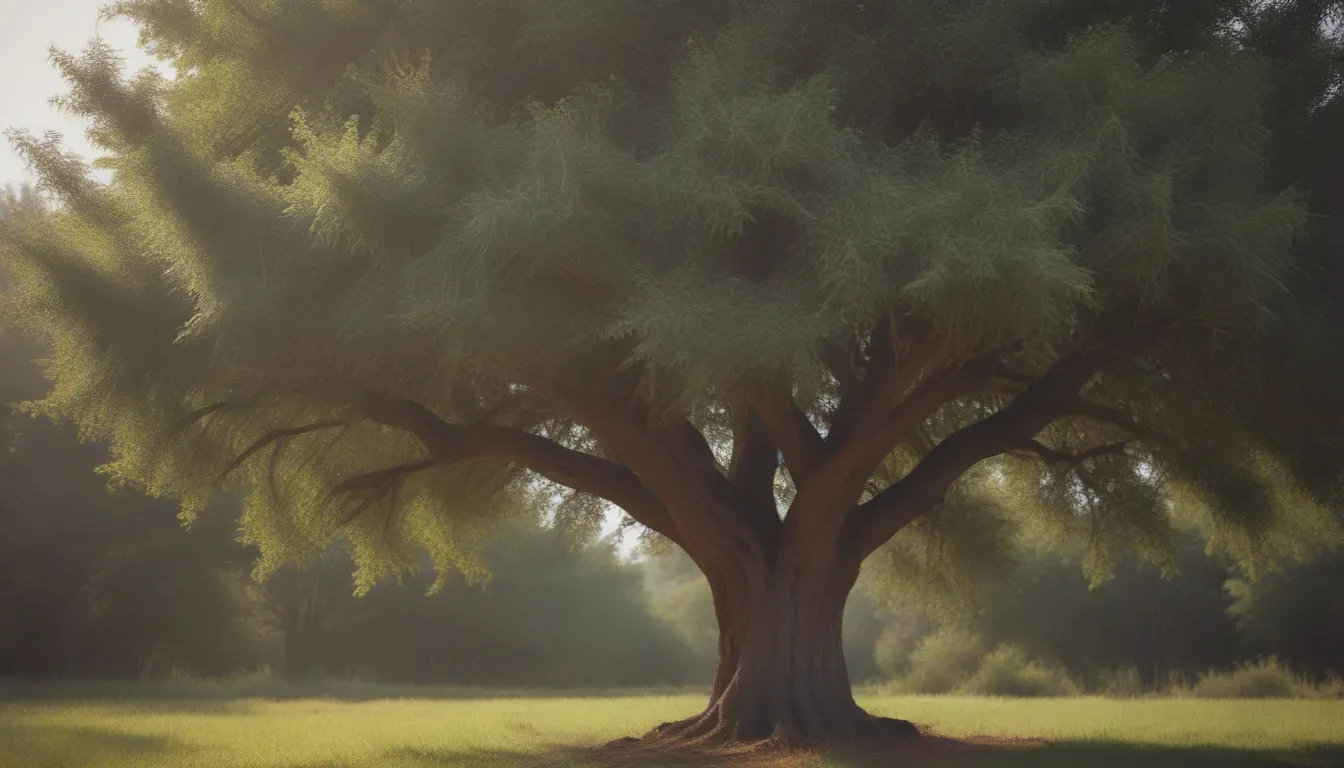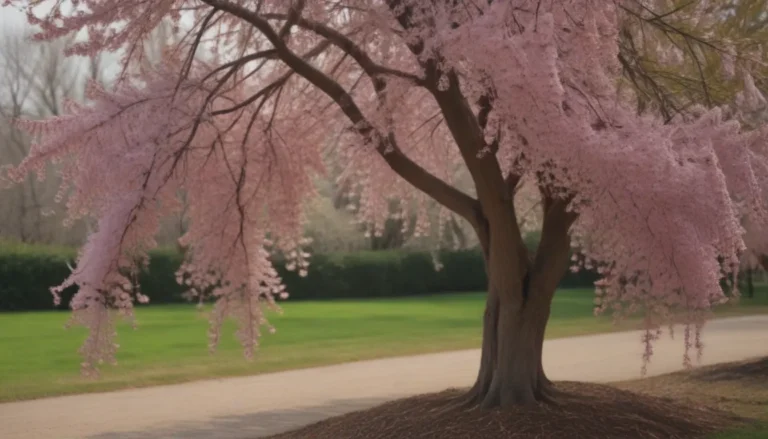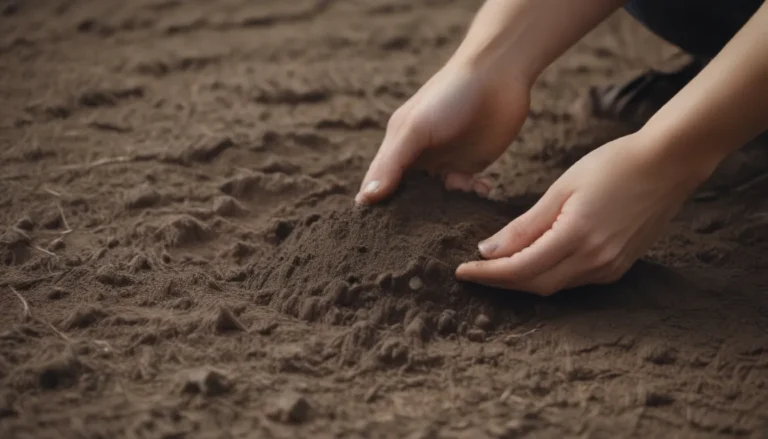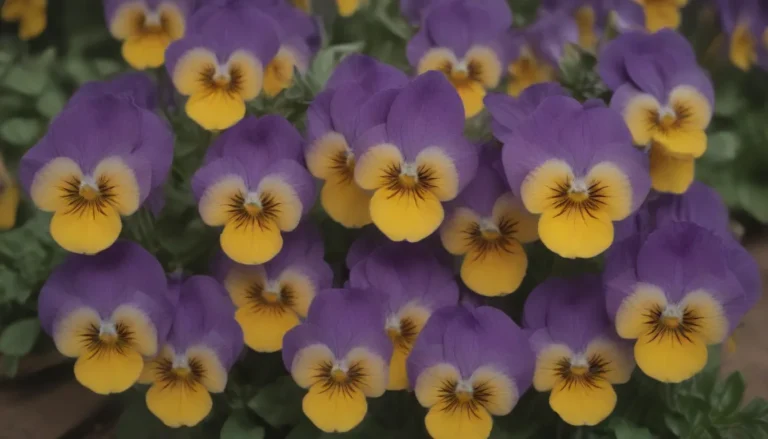Ultimate Guide: Growing and Caring for Chaste Trees

Chaste trees, also known as chasteberry, vitex, or lilac chastetree, are beautiful deciduous shrubs or small trees that produce clusters of stunning purple flowers in the summer. With the right care, these plants can thrive in your garden, adding color and fragrance to your landscape. In this ultimate guide, we will explore everything you need to know about growing and caring for chaste trees.
Understanding Chaste Trees
Chaste trees are known for their effortless growth and minimal care requirements, making them an ideal choice for home gardeners. However, it’s essential to provide the right conditions for these plants to flourish. Let’s dive into the key aspects of caring for chaste trees:
Light
- Chaste trees thrive in full sun to part shade, with the best flowering occurring in full sun.
- Ensure your chaste tree receives adequate sunlight to promote healthy growth and abundant blooms.
Soil
- Choose well-draining soil that allows water to flow away instead of pooling around the roots.
- Chaste trees can tolerate slightly acidic to slightly alkaline soils but prefer relatively dry conditions.
- Avoid overly rich soil, as it can retain too much moisture, leading to root rot.
Water
- Once established, chaste trees generally do not require regular watering.
- Avoid using organic mulches that can hold excess moisture around the roots.
- Monitor soil moisture and water sparingly as needed, especially during dry periods.
Temperature and Humidity
- Chaste trees thrive in Zones 6 to 9, with some variations depending on local climate conditions.
- These plants can withstand temperatures down to about minus 9 degrees Fahrenheit and adapt well to varying humidity levels.
Fertilizer
- Chaste trees are not heavy feeders and typically do not require frequent fertilization.
- A balanced fertilizer applied once a year or every two years is sufficient for maintaining plant health.
- Follow the manufacturer’s instructions for proper application and dosage.
Types of Chaste Trees
Several cultivars of chaste trees are available, each offering unique bloom colors and characteristics. Some popular cultivars include:
- V. agnus-castus ‘Abbeville Blue’
- V. agnus-castus ‘Alba’
- V. agnus-castus ‘Shoal Creek’
- V. agnus-castus ‘Blue Puffball’
- V. agnus-castus ‘Rosa Ann’
- V. agnus-castus ‘Rosea’
Pruning Tips
Pruning is essential for maintaining the shape and size of chaste trees and promoting healthy growth. Follow these tips for proper pruning:
- Prune chaste trees during winter to shape the plant and control its size.
- Consider training the plant as a single-trunk tree by removing competing shoots.
- Deadhead spent flowers to encourage additional blooms and maintain plant appearance.
Propagating Chaste Trees
Chaste trees can be propagated easily through branch cuttings or seeds. Here’s how you can propagate chaste trees:
Propagating from Cuttings
- Root branch cuttings in moist soil to establish new chaste tree plants.
- Ensure the cuttings receive adequate light and moisture for successful root formation.
Propagating from Seeds
- Chaste tree seeds can sprout spontaneously in the garden or be collected and planted in desired locations.
- Transplant seedlings as needed to control plant growth and distribution.
Potting and Repotting
Growing chaste trees in pots is convenient, especially for smaller cultivars. Follow these steps for potting and repotting chaste trees:
- Select a suitable pot with good drainage for optimal root health.
- Repot smaller chaste tree cultivars every few years to prevent root restriction and promote growth.
Overwintering Tips
Chaste trees generally do not require special winter protection within their hardiness range. In colder zones, consider cutting back the plant to ground level for winter and allowing new growth in spring.
Common Pests and Diseases
Chaste trees are relatively resistant to pests and diseases but may encounter issues such as root rot, nematodes, or leaf spot in moist conditions. Monitor plant health regularly and treat any problems promptly to ensure long-term vitality.
Encouraging Blooms
Chaste trees are known for their vibrant blooms, which add beauty and fragrance to outdoor spaces. Follow these tips to encourage blooming in your chaste tree:
Providing Adequate Sunlight
- Ensure your chaste tree receives sufficient sunlight for robust flowering.
- Supplemental lighting may be necessary if the plant is not blooming as expected.
Avoiding Excessive Fertilization
- Limit fertilization to prevent excessive vegetative growth at the expense of flowers.
- Monitor soil nutrients and fertilize sparingly to maintain bloom production.
Deadheading Flowers
- Remove spent flowers regularly to promote continuous blooming throughout the season.
- Deadheading encourages the plant to redirect energy into producing new flowers.
Common Challenges and Solutions
While chaste trees are low-maintenance plants, they may present certain challenges for gardeners. Address common issues such as fruit staining, self-seeding, or aggressiveness with proactive management strategies.
Fun Facts about Chaste Trees
- Chaste trees are a favorite of butterflies and songbirds, attracting these pollinators with their blooms and fruit.
- These plants have a long lifespan, with some specimens living up to 40 years under ideal conditions.
- Chaste trees are historically associated with the virginal goddess Hestia/Vesta in Greek and Latin mythology.
In conclusion, growing and caring for chaste trees can be a rewarding experience for gardeners seeking a beautiful and resilient plant for their landscape. By providing the right conditions and maintenance, you can enjoy the vibrant blooms and fragrance of chaste trees in your outdoor space. Happy gardening!





